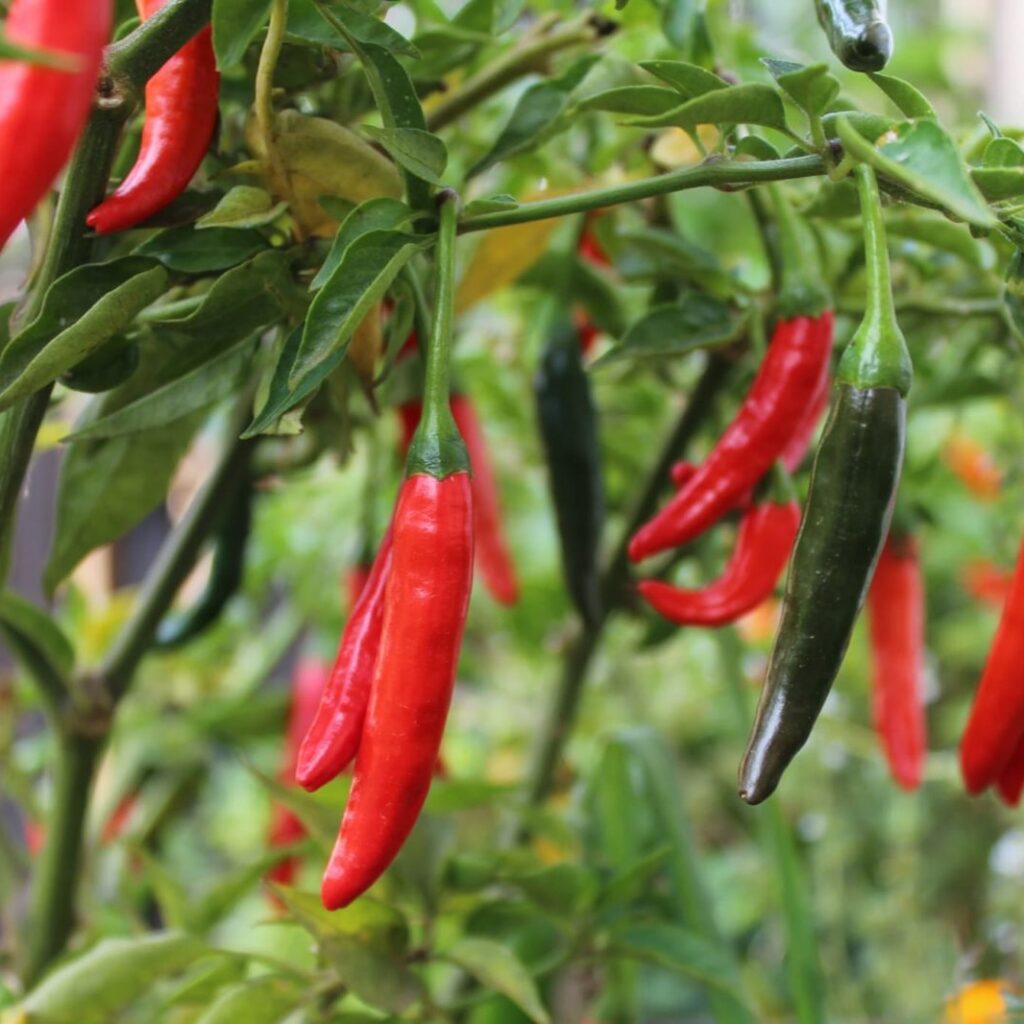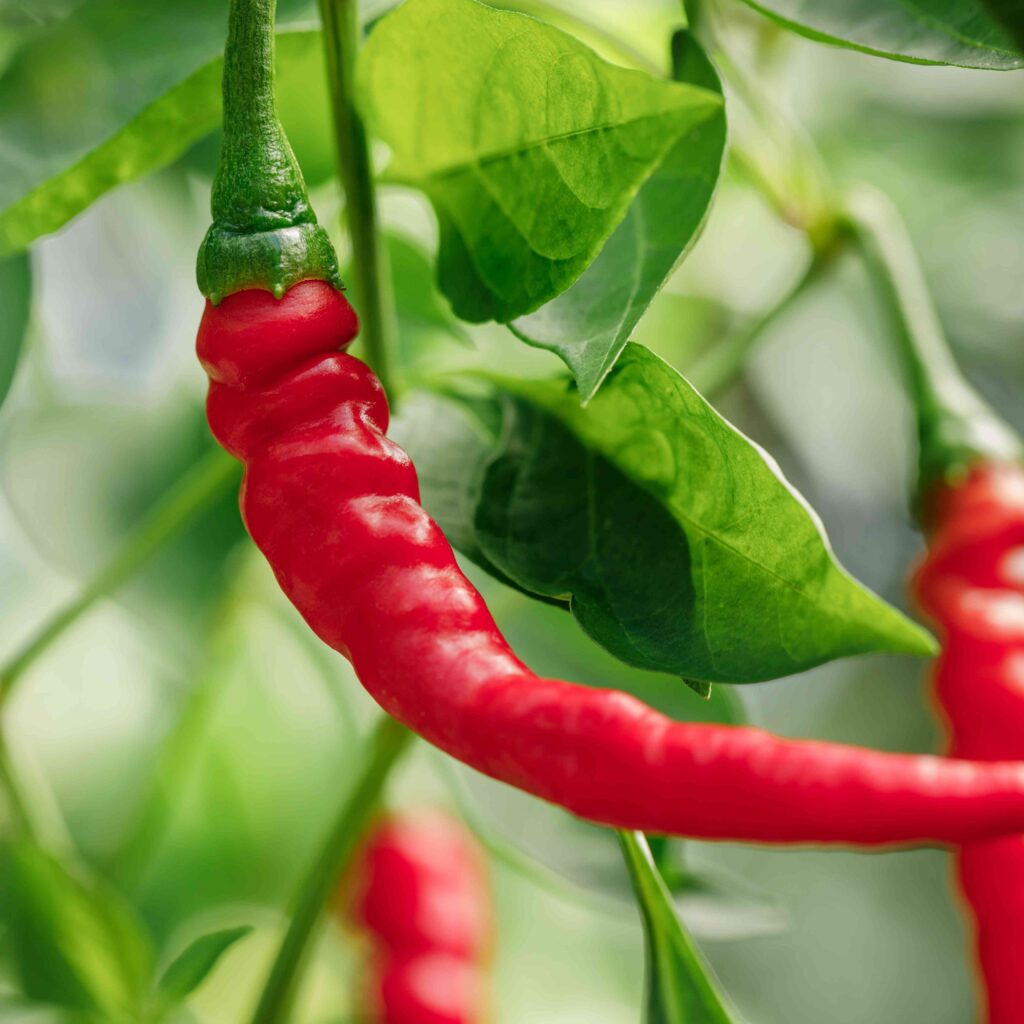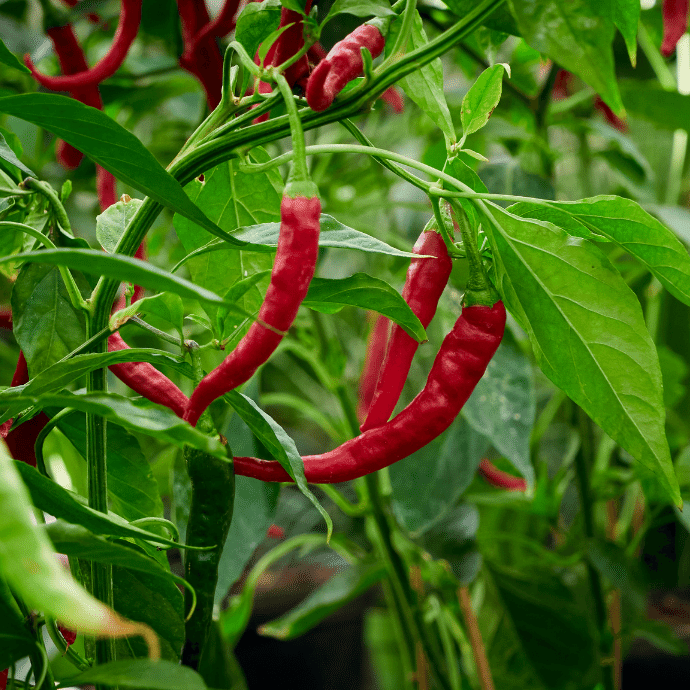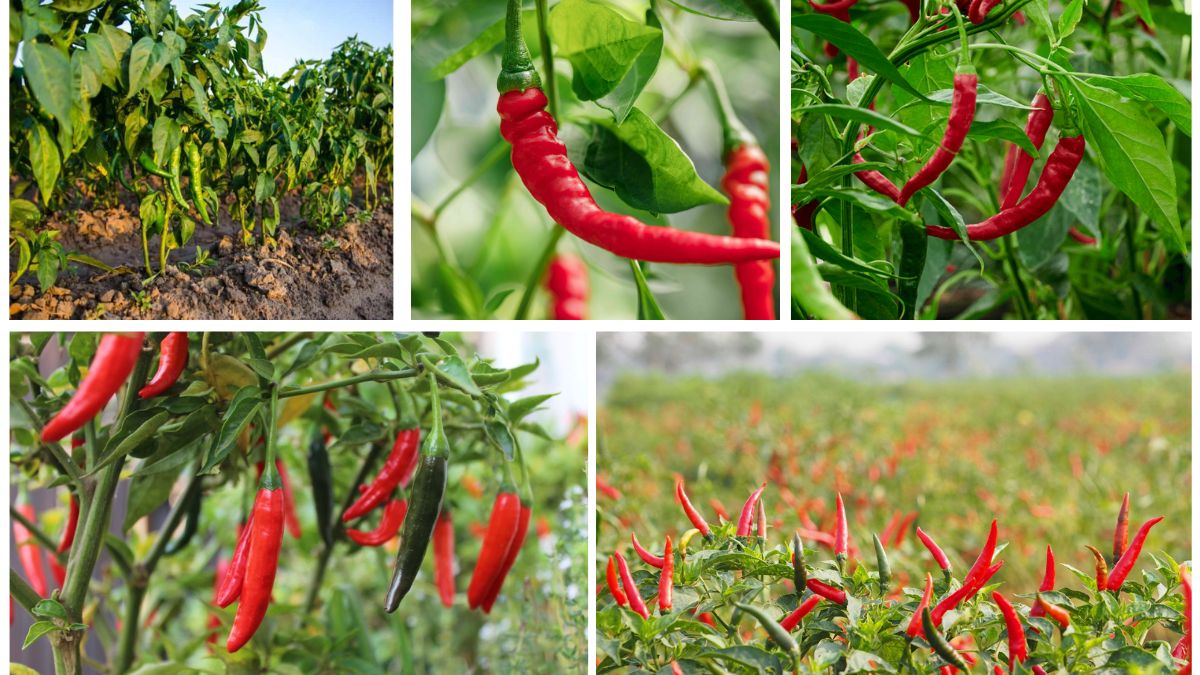Chili peppers, known for their fiery heat and vibrant flavors, are among the most important crops in global agriculture. They are not only a staple in countless cuisines but also hold cultural, medicinal, and economic value. From spicing up curries in India to adding zest to Mexican salsas, chili peppers have carved out a place in diets around the world. But when it comes to large-scale production, one question stands out: Which country is the largest chili pepper producer globally?
The answer is clear: China leads as the world’s top chili pepper producer, far surpassing every other country in terms of volume, acreage, and export capacity. In this article, we’ll explore China’s dominance, compare it with other major producers, and examine why chili peppers have become a global agricultural powerhouse.
The Global Importance of Chili Peppers

Chili peppers (Capsicum annuum and related species) originated in Central and South America over 6,000 years ago. After Christopher Columbus introduced them to Europe in the late 15th century, chili peppers spread rapidly to Africa and Asia, transforming regional cuisines forever.
Today, chili peppers are cultivated in almost every corner of the world and are valued for:
- Culinary uses – fresh, dried, powdered, or processed into sauces and condiments.
- Nutritional value – rich in vitamins A, C, and K, along with antioxidants like capsaicin.
- Medicinal properties – capsaicin is linked to pain relief, improved metabolism, and cardiovascular health.
- Economic role – a high-demand cash crop with a booming global trade.
According to the Food and Agriculture Organization (FAO), chili pepper production exceeds 40 million metric tons annually, making it one of the most widely grown spice crops worldwide.
Which Country Is the Largest Chili Pepper Producer Globally?

The crown belongs to China, which produces an estimated 18–20 million metric tons of chili peppers annually, accounting for over 45% of global output. This staggering figure makes China not only the largest producer but also a major exporter of both fresh and processed chili peppers.
Why China Leads in Chili Pepper Production
China’s dominance in chili pepper cultivation is the result of multiple factors:
1. Vast Cultivated Area
Provinces such as Henan, Sichuan, Guizhou, and Hunan are major hubs for chili farming. Each of these regions has developed distinct chili varieties tailored to local climates and cuisines.
2. Cultural Integration
Chili peppers are deeply ingrained in Chinese cuisine, particularly in Sichuan and Hunan cooking, which rely on bold, spicy flavors. This strong domestic demand fuels massive production.
3. Diverse Varieties
China cultivates an array of chili types—from small, fiery bird’s eye chilies to larger, milder varieties—meeting both domestic and international preferences.
4. Processing Industry
China is home to a booming chili-processing sector, producing dried chilies, chili powders, chili oil, sauces, and pastes that are exported globally. Brands like Lao Gan Ma have become household names beyond China.
5. Government and Market Support
Agricultural policies, infrastructure investment, and research on hybrid chili seeds have further boosted production efficiency and yields.
Other Major Chili Pepper Producers

While China dominates, several other countries also play significant roles in global chili pepper production:
1. India
India ranks as the second-largest chili producer, contributing about 1.5–2 million metric tons annually. States like Andhra Pradesh, Telangana, Karnataka, and Madhya Pradesh lead in production. Indian chilies, such as Byadgi and Guntur, are famous worldwide for their pungency and bright red color. India is also the largest exporter of dried chili peppers, supplying to markets in Asia, the Middle East, and Europe.
2. Mexico
As the birthplace of chili peppers, Mexico remains a major producer, cultivating both hot and mild varieties like jalapeños, poblanos, habaneros, and serranos. Mexico produces over 3 million metric tons annually and is a key supplier to the United States and Canada. Mexican chilies also have significant cultural importance, forming the backbone of traditional dishes like mole and salsas.
3. Turkey
Turkey is a leading producer in Europe and Asia, contributing around 2.5 million metric tons annually. Turkish chilies, such as Aleppo pepper and Urfa biber, are prized for their unique smoky and fruity flavors. Much of Turkey’s production is processed into powders and pastes.
4. Bangladesh and Pakistan
Both Bangladesh and Pakistan are significant chili producers, growing hundreds of thousands of tons each year. These chilies are essential in South Asian cuisines, where heat is central to flavor.
5. United States
The U.S. also plays a role in global chili production, with states like New Mexico and California leading cultivation. While the U.S. grows less than top producers, it is a significant consumer and importer of chilies, particularly from Mexico.
Fresh vs. Dried Chili Production

Chili peppers are cultivated for two primary markets:
- Fresh Chilies – Consumed directly or used in sauces and salsas. China, Mexico, and the U.S. lead this segment.
- Dried Chilies and Powder – Essential for spice mixes, curries, and packaged foods. India dominates this market, accounting for over 60% of global dried chili exports.
Global Consumption Trends
The demand for chili peppers is growing steadily worldwide, fueled by:
- Spicy food popularity – Consumers across Asia, the Americas, and even Europe are developing stronger preferences for heat in their meals.
- Health benefits – Capsaicin’s metabolic and medicinal effects have boosted chili’s “superfood” status.
- Processed foods – Hot sauces, salsas, and chili-based snacks are expanding rapidly in global markets.
- Cultural influence – Mexican, Indian, Thai, and Chinese cuisines are gaining international popularity, driving chili demand.
Challenges in Chili Pepper Production
Despite its growth, the chili pepper industry faces several challenges:
- Climate Change – Erratic rainfall, droughts, and rising temperatures affect yields and quality.
- Pest and Disease Outbreaks – Thrips, aphids, and fungal infections can devastate crops.
- Labor-Intensive Harvesting – Most chilies are harvested by hand, increasing labor costs.
- Price Volatility – Market prices fluctuate widely due to seasonal oversupply or shortages.
- Post-Harvest Losses – Inadequate storage and drying facilities in developing countries lead to significant losses.
Future of Chili Pepper Production

As global demand continues to rise, the future of chili pepper production looks promising. Key trends include:
- Greenhouse and Hydroponic Farming – Allowing year-round cultivation in controlled environments.
- Development of Hybrid Varieties – Creating disease-resistant and high-yield chili plants.
- Expansion in Africa – Countries like Nigeria and Ethiopia are scaling up production for domestic use and exports.
- Value-Added Products – The chili-based hot sauce and spice industry is projected to grow significantly in the next decade.
Conclusion
So, which country is the largest chili pepper producer globally? Without question, it is China, producing nearly half of the world’s chili peppers and setting the standard for both fresh and processed products. Other countries like India, Mexico, Turkey, and the U.S. also play vital roles, each contributing unique varieties and products to the global market.
Chili peppers are far more than just a fiery ingredient; they represent history, culture, health, and international trade. With demand on the rise and new markets opening up, chili peppers will continue to hold their place as one of the world’s most valuable and fascinating crops.





